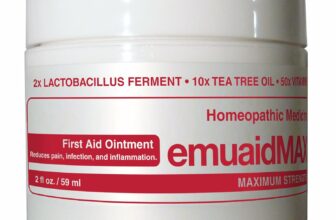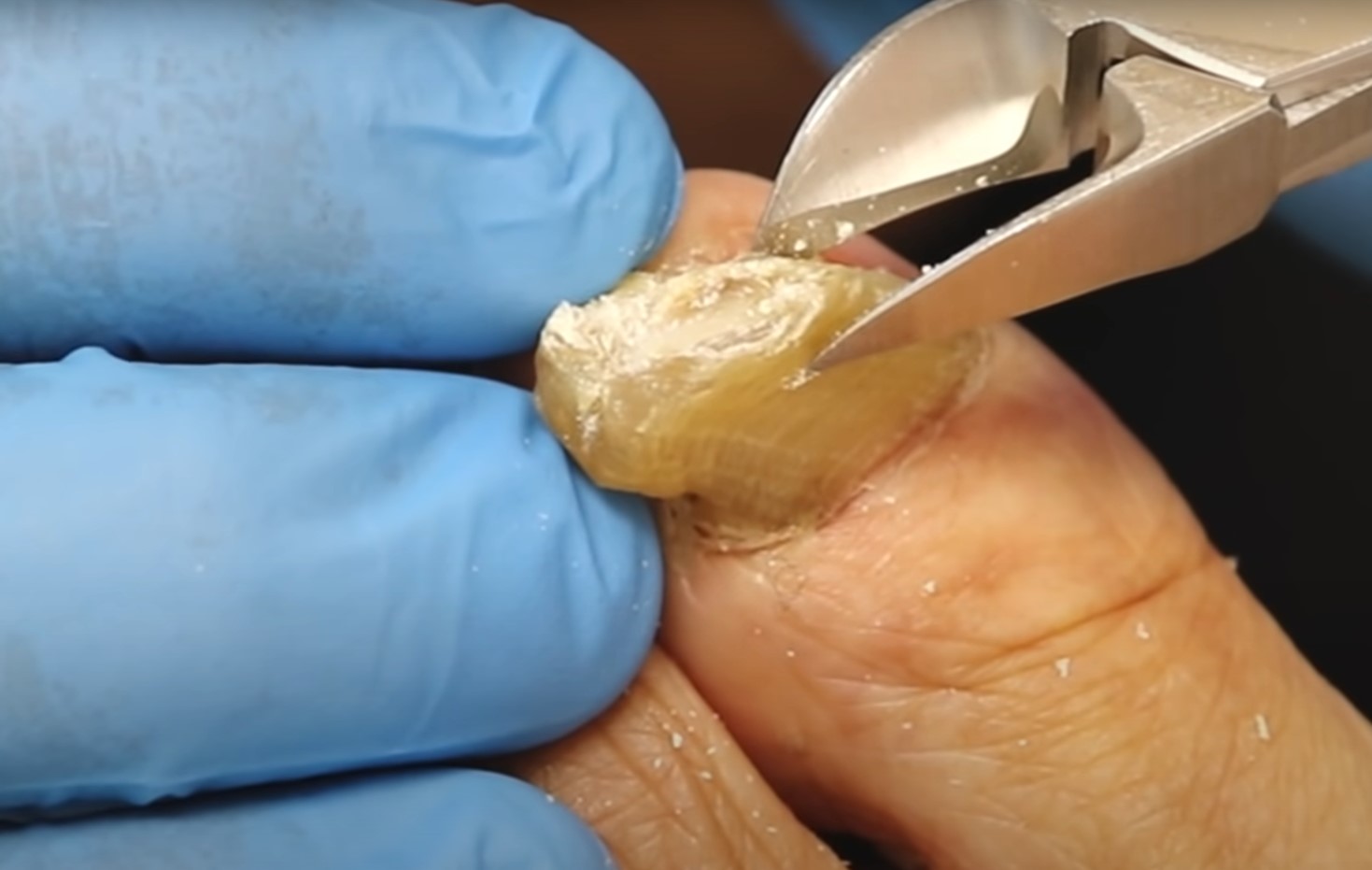
Thick toenails can be more than just a cosmetic issue; they can signal underlying health conditions or even become a source of discomfort and pain, so when you notice a change in your toenail thickness, it’s only natural to wonder, “what causes thick toenails?” Understanding the potential causes can be a gateway to finding the right treatment and prevention strategies.
In this comprehensive guide, we delve deep into the science and anatomy of toenails to unearth the primary reasons behind the thickening of toenails.
From common culprits such as fungal infections and aging to less known factors, we aim to provide you with a clear picture of what causes thick toenails. Moreover, by recognizing the signs early on, you can take proactive steps to maintain your toenail health and prevent further complications.
Join us as we explore the multiple dimensions of toenail health, and arm you with knowledge to keep thick toenails at bay. Whether you’re seeking preventive advice or solutions to an existing issue, this article is your one-stop destination to answer the pivotal question: “What causes thick toenails?”
Understanding the Anatomy of a Toenail
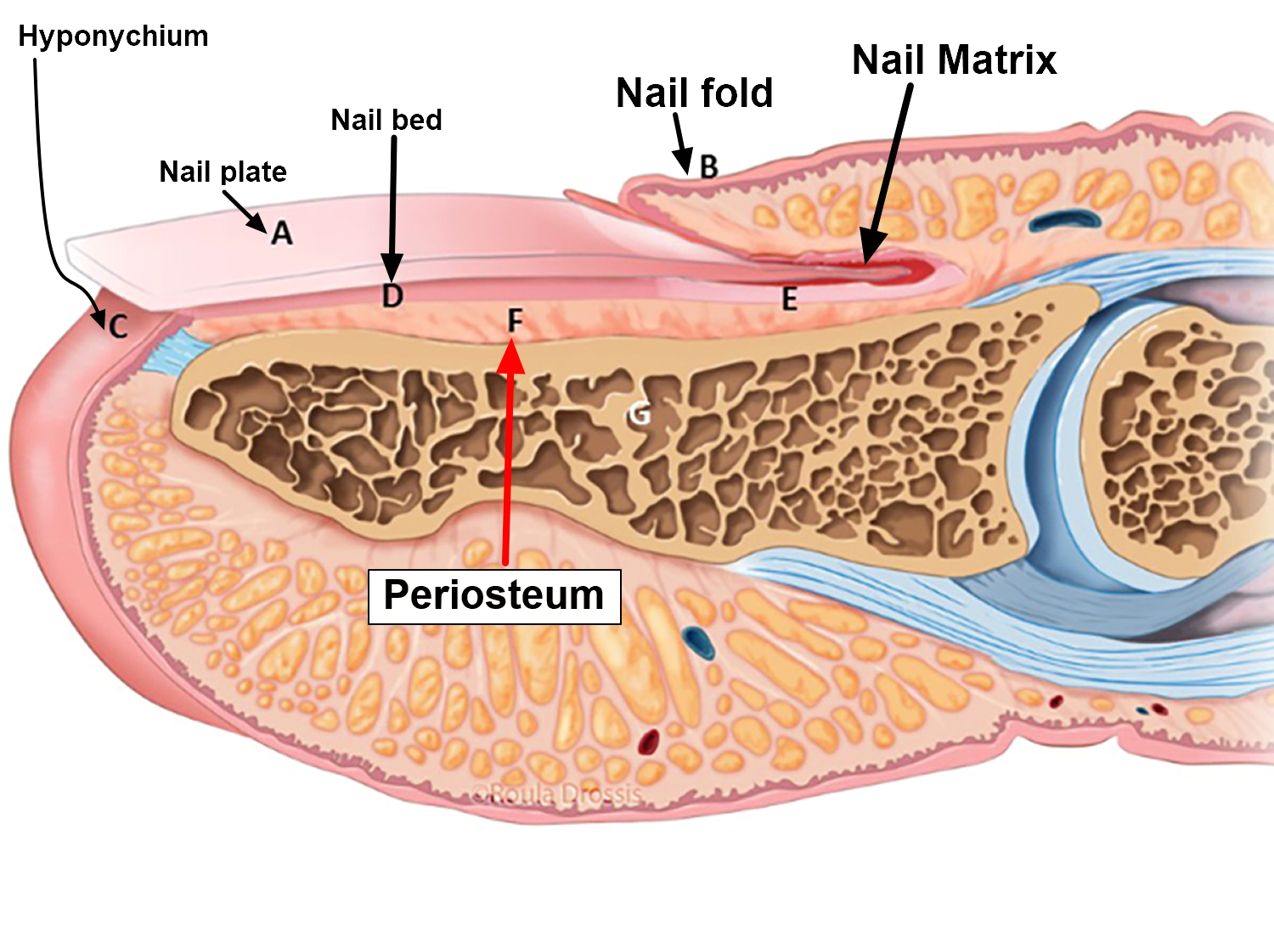
Before we delve deeper into “what causes thick toenails”, it’s pivotal to understand the anatomy of a healthy toenail. This foundational knowledge will provide you with the necessary backdrop to identify and address the variations that lead to thick toenails. Let’s embark on a journey to explore the nuances of toenail structure and the benchmarks for normal toenail thickness.
Structure of a Healthy Toenail
A healthy toenail is characterized by its smooth, consistent color and texture. Ideally, it should be semi-transparent, allowing a view of the pinkish nail bed underneath. Comprising layers of a protein called keratin, toenails are designed to protect the sensitive tips of our toes from injuries and infections.
Understanding the structure of a healthy toenail is integral to identifying deviations that pose the question: “What causes thick toenails?” Being aware of these structural norms can assist you in recognizing early signs of thickening toenails, fostering timely intervention and prevention.
Normal Toenail Thickness and Variations
Toenail thickness can vary significantly from person to person, owing to factors such as genetics, age, and environmental influences. A normal toenail thickness is generally uniform and does not cause discomfort or pain when wearing shoes.
However, when you find yourself pondering “what causes thick toenails?” you might notice noticeable deviations from the regular toenail structure. Such variations could include uneven thickness, discoloration, or an increased susceptibility to infections and breakages. Knowing what a standard toenail thickness should be like can guide you towards identifying potential causes and seeking appropriate treatment.
In the subsequent sections, we will unveil the most common factors that answer the vital question that many individuals grapple with: “What causes thick toenails?” Together, we will explore avenues to maintain optimum toenail health and prevent issues that lead to thick toenails.
Main Causes of Thick Toenails
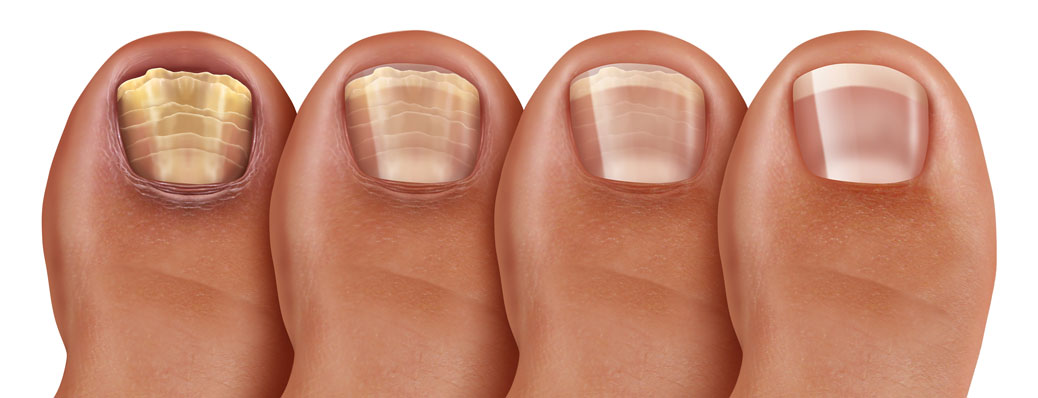
In our journey to uncover “what causes thick toenails?”, it is essential to highlight the various factors that play a significant role in this common phenomenon. Let’s delve into the main culprits, ranging from fungal infections to underlying health conditions, that bring about changes in toenail thickness.
Fungal Infections Cause Thick Toenails
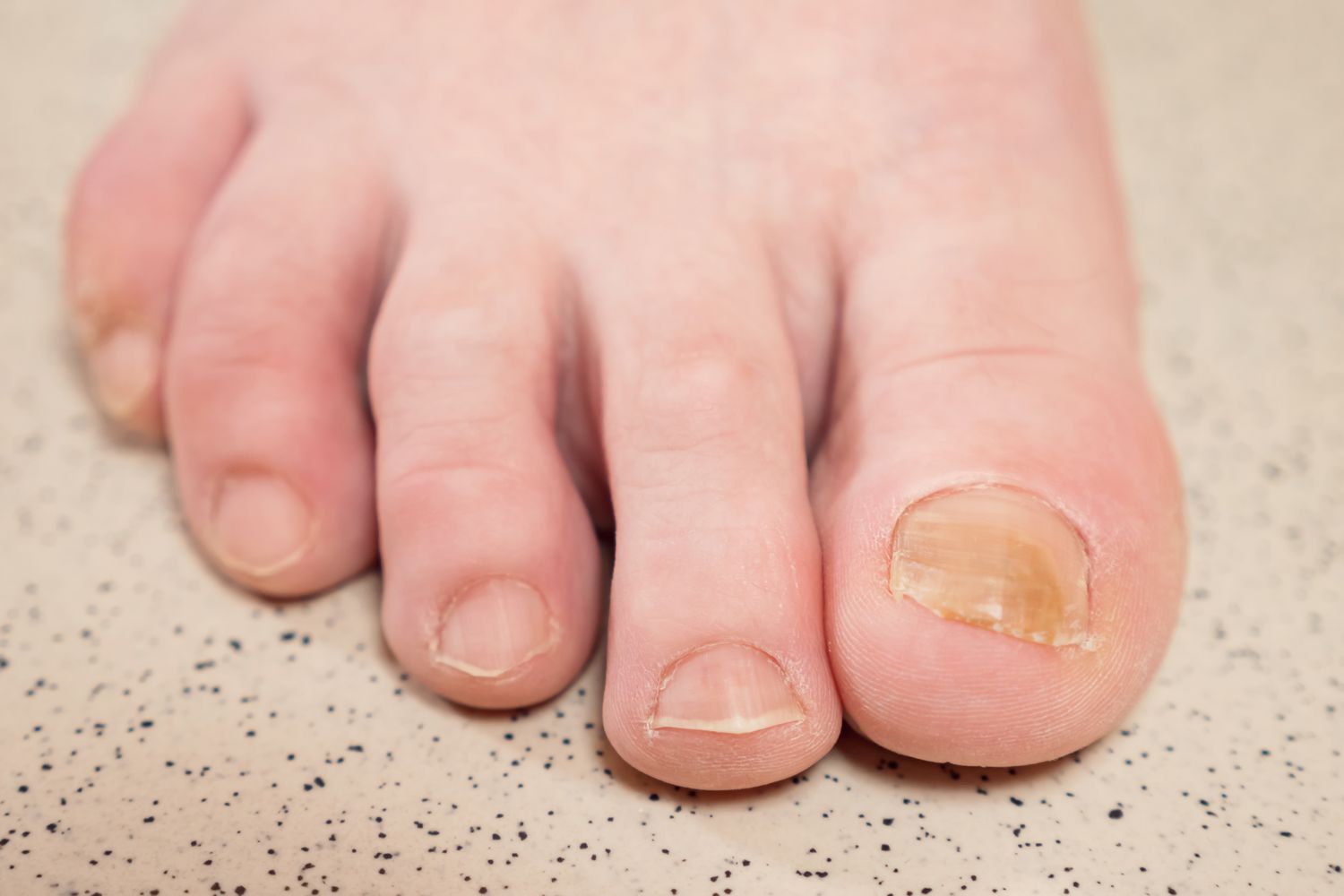
A primary suspect in the investigation of “what causes thick toenails?” is fungal infections. These infections can drastically alter the structure and appearance of your toenails. Here, we dissect the different aspects of fungal infections affecting toenail thickness.
Types of Fungal Infections
From onychomycosis to athlete’s foot, several fungal infections can be the answer to the pressing query, “what causes thick toenails?”. Understanding the various types can help in targeted prevention and treatment.
Symptoms of Fungal Infections
Recognizing the symptoms early on is crucial to addressing the fundamental question of “what causes thick toenails?”. Keep an eye out for discoloration, unusual thickness, or crumbling edges which are hallmark symptoms of fungal infections.
Treatment and Prevention of Fungal Infections
In the fight against what causes thick toenails, adopting effective treatment and prevention strategies is crucial. Employing antifungal creams and maintaining foot hygiene can be your first line of defense.
Another Cause of Thick Toenails: Aging
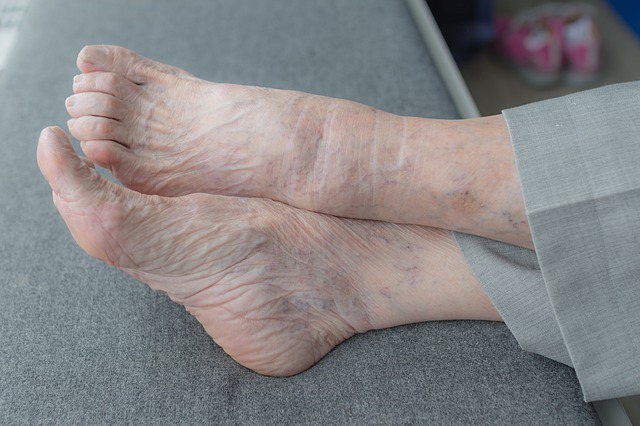
Aging is a natural process that unfortunately brings us one step closer to answering the question, “what causes thick toenails?”. Let’s explore how aging affects toenail thickness and the ways to maintain healthy toenails as we age.
How Aging Affects and Causes Toenail Thickness
As we age, changes in the growth rate and texture of the toenails occur, often leading to thicker toenails. Delve deeper to understand the aging-toenail thickness correlation in detail.
Tips to Maintain Healthy Toenails as You Age
Growing older doesn’t have to mean succumbing to thick toenails. Discover tips and strategies to maintain healthy toenails and avoid being a statistic in the “what causes thick toenails?” dilemma.
Injuries Can Cause Thick Toenails
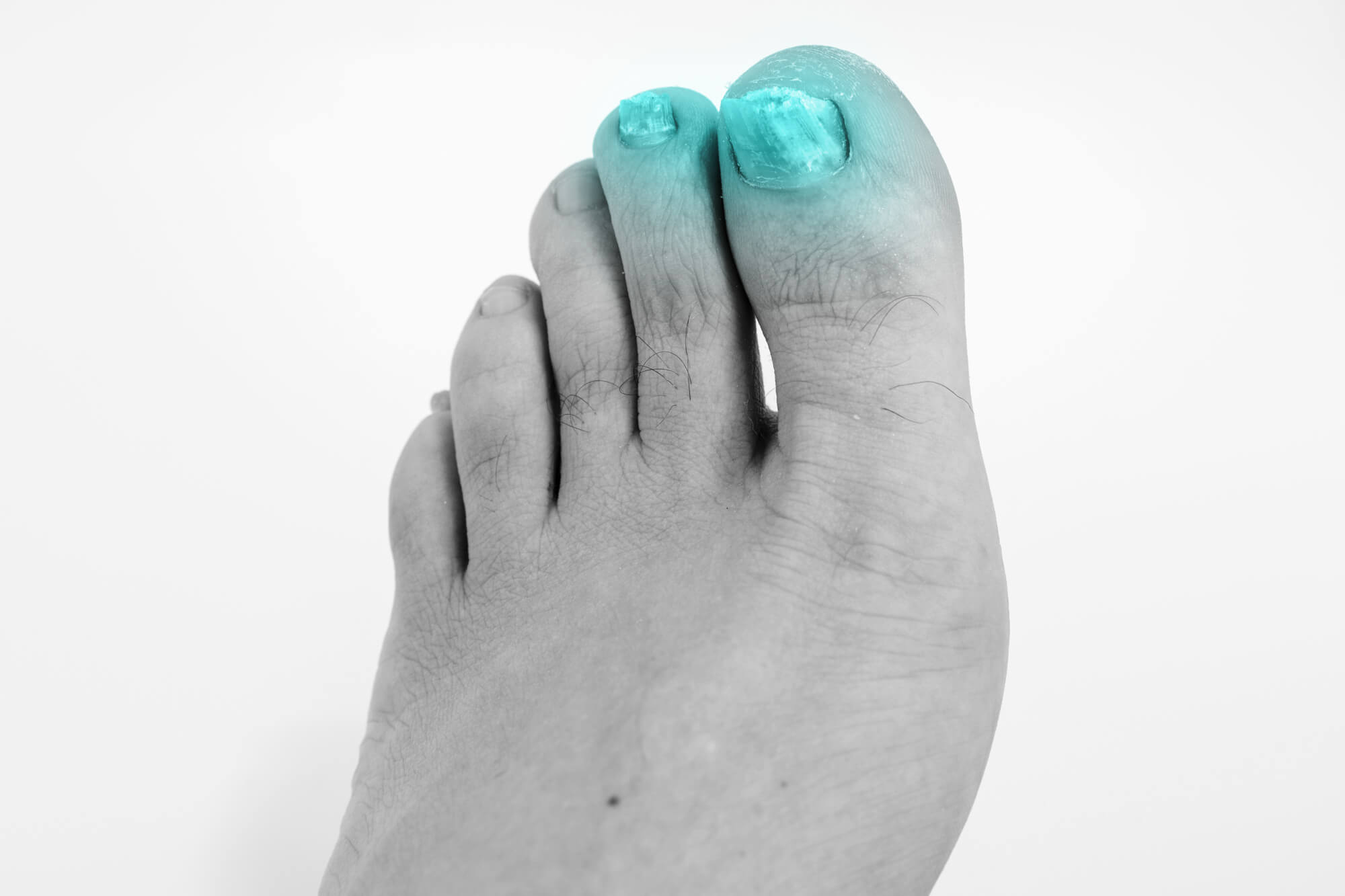
Injuries are often overlooked when people ponder “what causes thick toenails?”. A substantial injury to the toe can lead to changes in the toenail’s structure. Let’s analyze the types of injuries and their management further.
Types of Injuries Leading to Thick Toenails
Various injuries, from minor stubs to severe impacts, can be a contributing factor to thick toenails. Recognizing them early can prevent a cycle of persistent toenail thickening.
First-Aid and Medical Treatments
Understanding the first-aid steps and medical treatments available can be a boon in preventing what causes thick toenails due to injuries. Learn how to tackle these situations effectively.
Ill-fitting Shoes Cause Thick Toenails Too
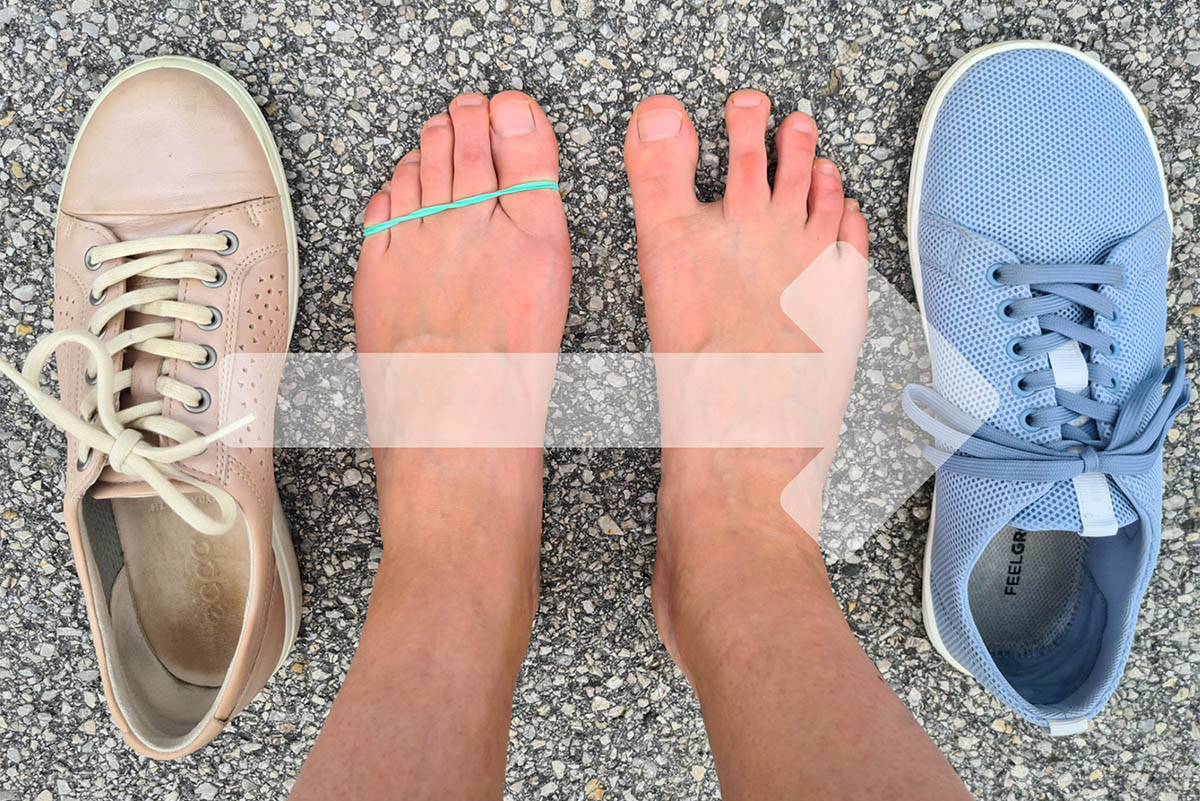
Poor footwear choices can be surprisingly significant contributors to “what causes thick toenails?”. Understanding how ill-fitting shoes affect your toenails can lead to better choices and healthier toenails.
How Wearing the Wrong Shoes Can Affect Your Toenails
Constant pressure and friction from ill-fitted shoes can be a significant player in the game of “what causes thick toenails?”. Discover how to spot the signs and make amends.
Tips for Choosing the Right Footwear
Choosing the right footwear can be a preventive measure against what causes thick toenails. Dive into tips that help you make informed choices, fostering healthier toenails.
Underlying Health Conditions

Finally, we address the underlying health conditions that can serve as an answer to “what causes thick toenails?”. It’s essential to be vigilant about the potential diseases that could lead to this condition.
Diseases That Can Cause Thick Toenails
From psoriasis to diabetes, numerous diseases play a role in causing thick toenails. Understanding these can be a step towards proactive management.
Monitoring and Management
Effective monitoring and management strategies can be your shield against what causes thick toenails due to underlying health conditions. Learn how to navigate these waters proficiently.
Lifestyle and Environmental Factors

While medical conditions and age often dominate the conversation surrounding “what causes thick toenails”, lifestyle and environmental factors hold significant sway in determining the health and thickness of your toenails. In this section, we illuminate how daily habits and surrounding factors can be pivotal players in the formation of thick toenails.
Dietary Choices can Cause Thick Toenails

The food we consume can sometimes be a silent answer to the question, “what causes thick toenails?”. A balanced diet is vital in maintaining overall body health, including that of your toenails.
Importance of Nutrients
When investigating “what causes thick toenails?”, we cannot overlook the importance of nutrients. Ensuring an intake of vitamins and minerals can help maintain the right toenail texture and prevent thickening.
Tips for a Toenail-Healthy Diet
Embark on a journey to discover foods that combat the common issue of “what causes thick toenails?”, and learn how to incorporate them into your daily diet.
Hygiene Practices to Improve Thick Toenails
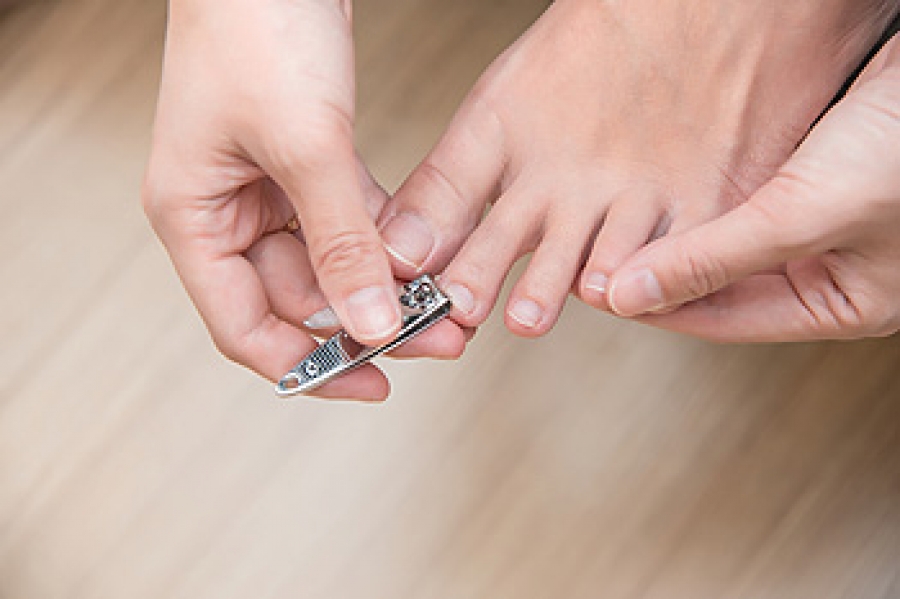
Your hygiene habits can either be a defense against or a contributor to “what causes thick toenails?”. Maintaining a clean and dry environment for your feet is essential.
Regular Cleaning and Drying
In the fight against what causes thick toenails, regular cleaning and drying of the feet can be a simple yet effective strategy.
Choosing the Right Footwear
To ward off the issues that surround “what causes thick toenails?”, selecting breathable and comfortable footwear is a step in the right direction.
Exposure to Moist Environments Cause Thick Toenails
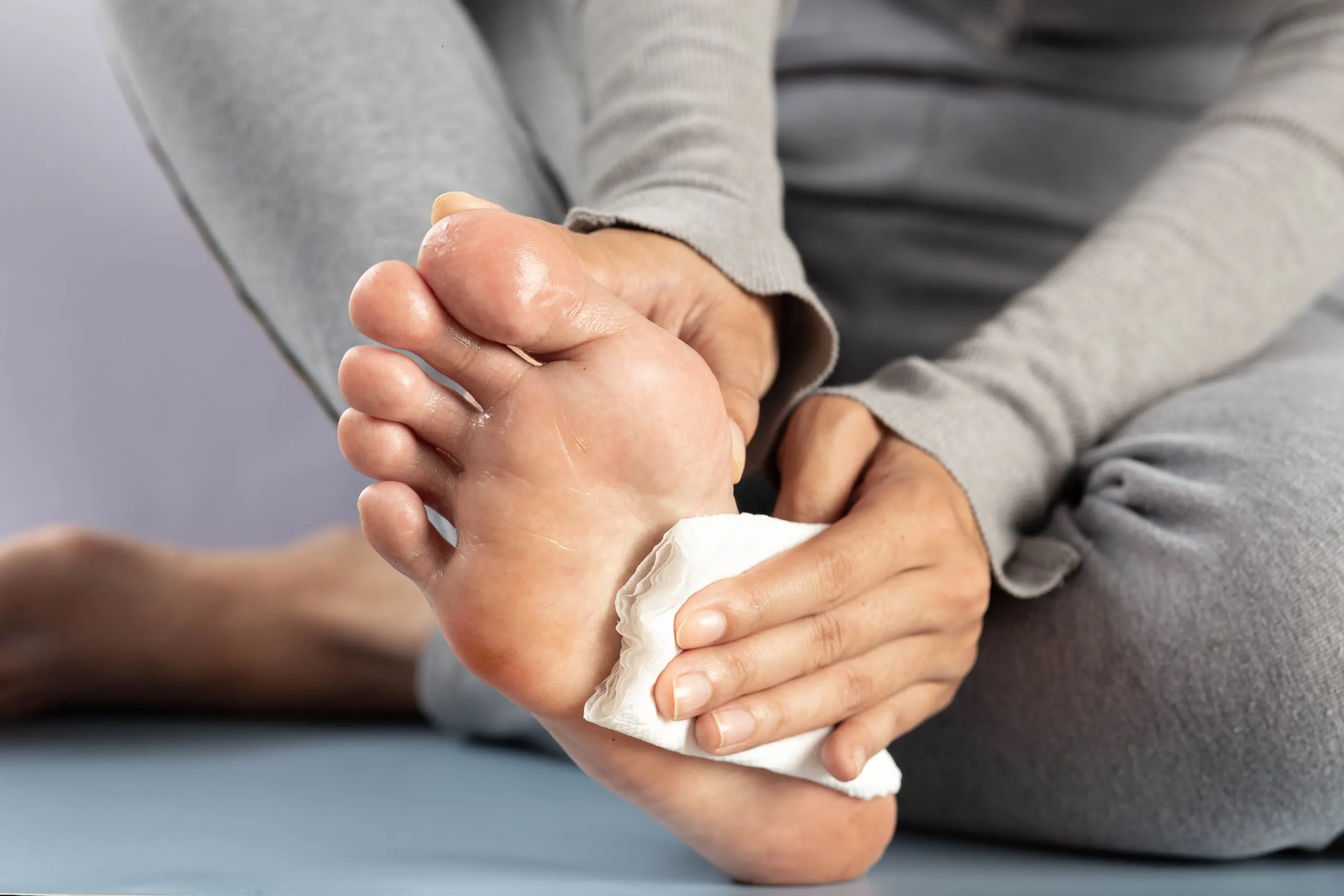
Often underestimated, frequent exposure to damp environments can be a compelling answer to “what causes thick toenails?”. It is vital to take preventive measures to avoid fungal infections that thrive in these conditions.
Recognizing Risky Environments
Identify and avoid the common environments that magnify the risk of what causes thick toenails, such as public showers and swimming pools.
Protective Measures
Learn about protective measures that can shield you from the environments that answer the dreaded question, “what causes thick toenails?” with their damp and fungus-friendly conditions.
Stress and its Effects on Toenail Health
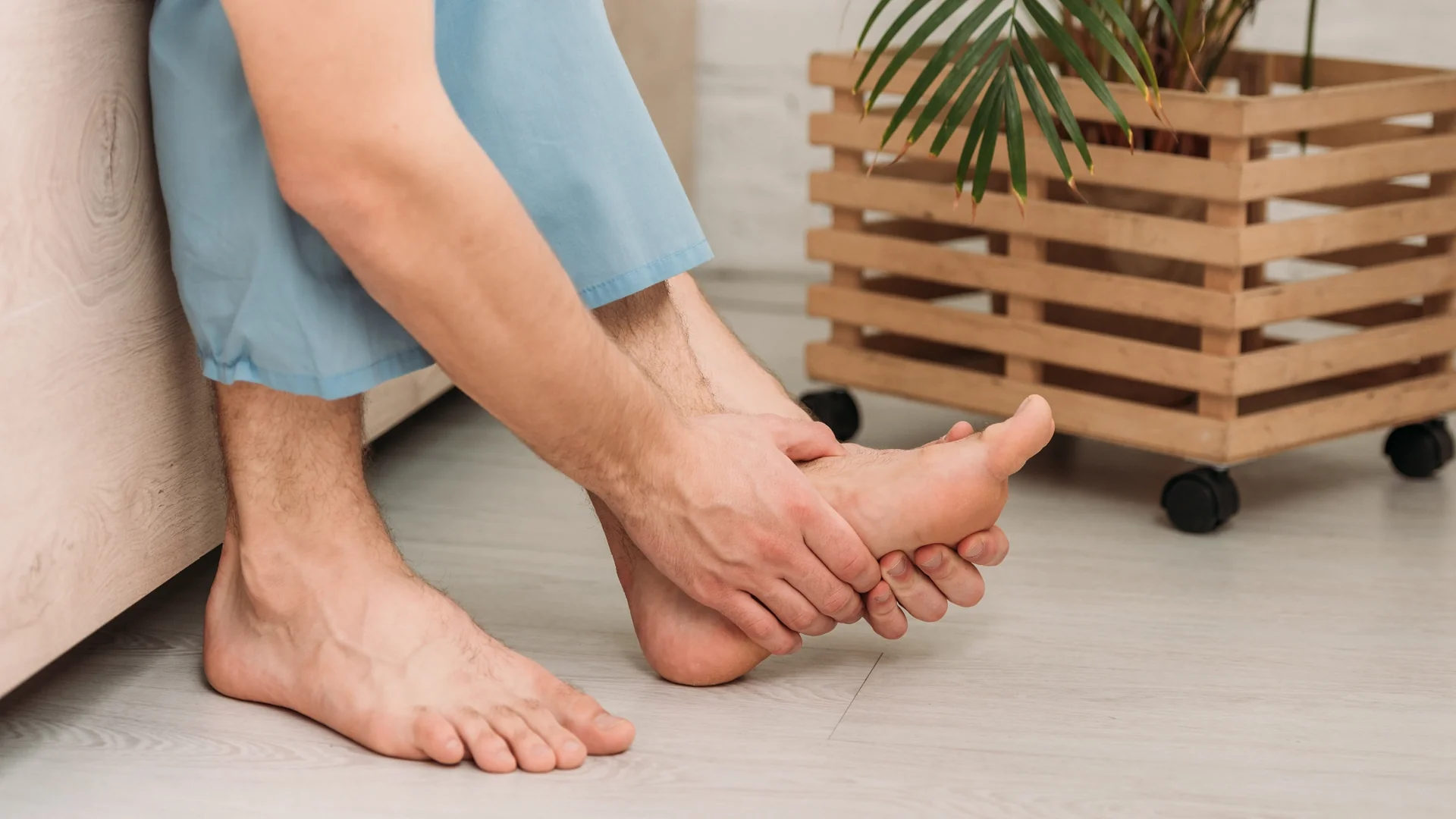
Stress, a ubiquitous part of modern life, surprisingly finds its place in the discussion on “what causes thick toenails?”. Chronic stress can have adverse effects on your body, including the health of your toenails.
Understanding the Connection
Explore the intricate connection between stress levels and what causes thick toenails, unveiling how mental health impacts physical well-being.
Managing Stress for Healthy Toenails
Dive into techniques that can help manage stress effectively, steering clear of the pathway that leads to “what causes thick toenails?” through chronic stress.
How to Fix Thick Toenails
After identifying “what causes thick toenails?” in your case, the next step is to find a solution. Thick toenails can be quite distressing and uncomfortable, often hampering your daily activities and affecting your self-confidence. As you explore the complexities of “what causes thick toenails”, you must also venture into effective solutions to combat this issue.
Here, we delve into various methods to rid yourself of thick toenails, including home remedies, and highlight the groundbreaking products offered by Swissklip designed to tackle thick toenails caused by fungus at home.
Topical Treatment Options for Thick Toenails
If your thick nails are caused by a fungal infection, over-the-counter or prescription topical treatments can help address the issue. Antifungal creams, ointments, or lacquers can be applied directly to the affected nails as per the recommended treatment plan. Always consult with a healthcare professional for proper diagnosis and treatment options.
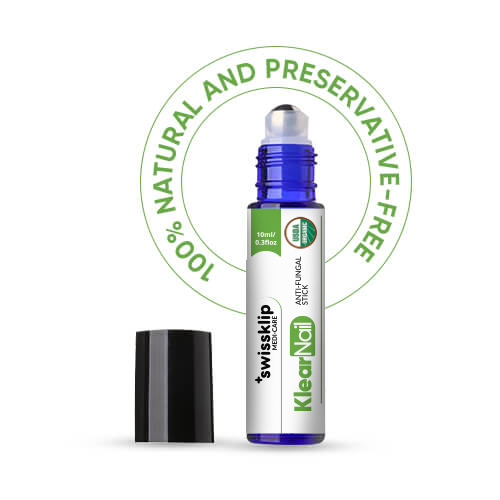
As you delve deeper into understanding what causes thick toenails, Swissklip Medi Care presents a natural, soothing solution that restores the appearance of discolored or damaged nails, effectively treating fungal infections.
- Roll-On Treatment: Provides an easy and smooth application to achieve fungus-free nails.
- 100% Natural and Vegan Friendly: Ensures maximum fungus-free results with a 100% natural and vegan formula.
Discover the revolutionary product at Medi Care Anti-Fungal Stick for a comprehensive approach to tackle what causes thick toenails.
Treating Thick Toenails with Essential Nutrients
One of the prime methods to counteract what causes thick toenails is through a regimen enriched with essential vitamins, minerals, amino acids, and antioxidants that foster healthier, happier nails. In this pursuit, the company offers a comprehensive range of products to aid you.
The Toenail Rescue
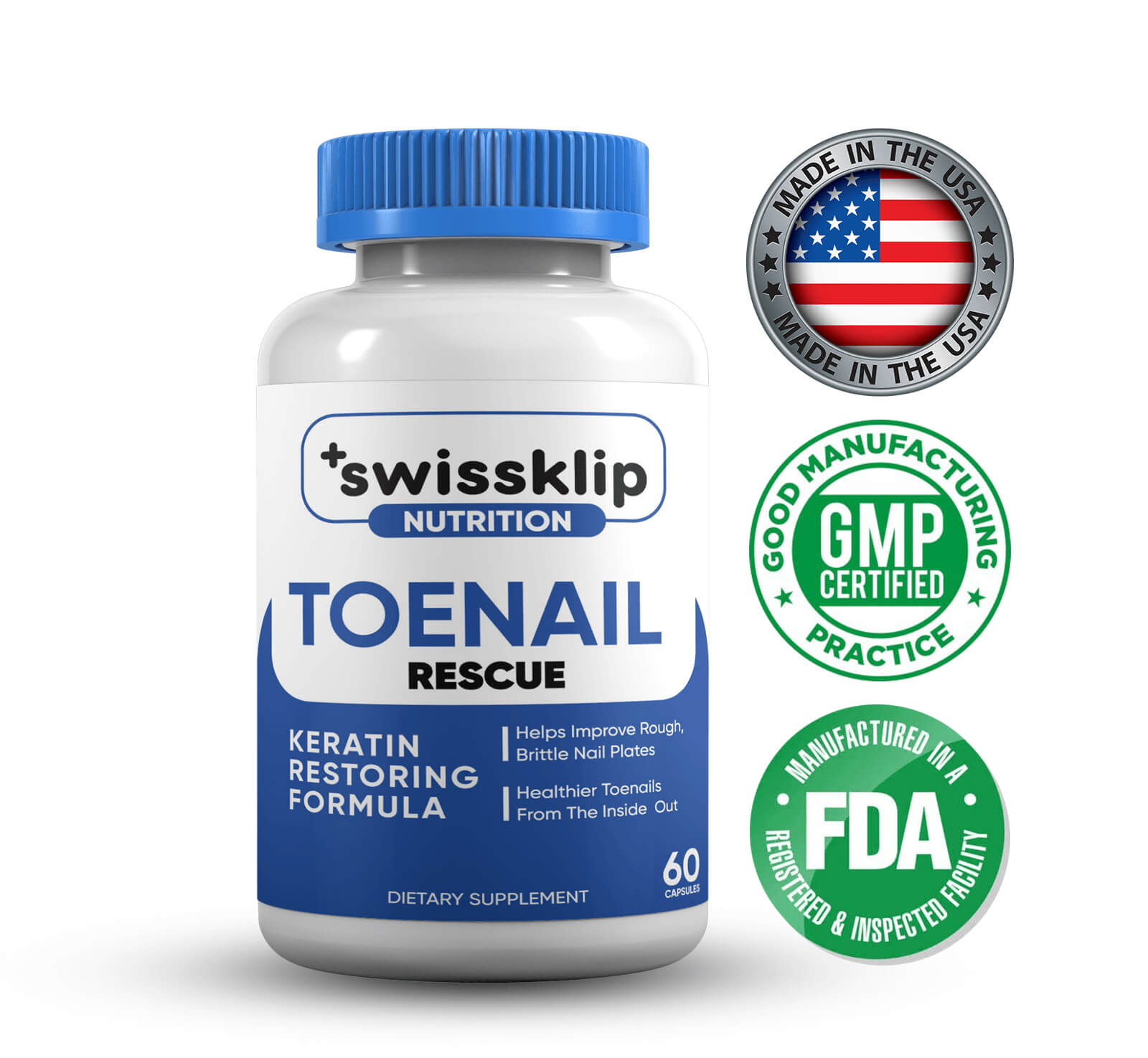
Understanding what causes thick toenails is pivotal in finding the right treatment. Just like your skin, which is primarily composed of Type 1 Collagen, your toenails are predominantly made of Keratin. As you age, the loss of Keratin can lead to issues such as thick, brittle toenails, cracks, and painful ingrowns.
The Toenail Rescue is formulated to combat the issues related to Keratin loss, providing a dense supply of vitamins and antifungal botanicals that foster the regrowth of Keratin, aiding in restoring the natural shape and strength of your toenails.
- Biotin: Enhances toenail plate strength and supports rapid growth.
- PABA: Eliminates the root causes of common yeasts and strengthens nail plates.
For further details on this innovative solution, Visit Toenail Rescue Official Website.
Toenail Fungal Fighter X-Treme
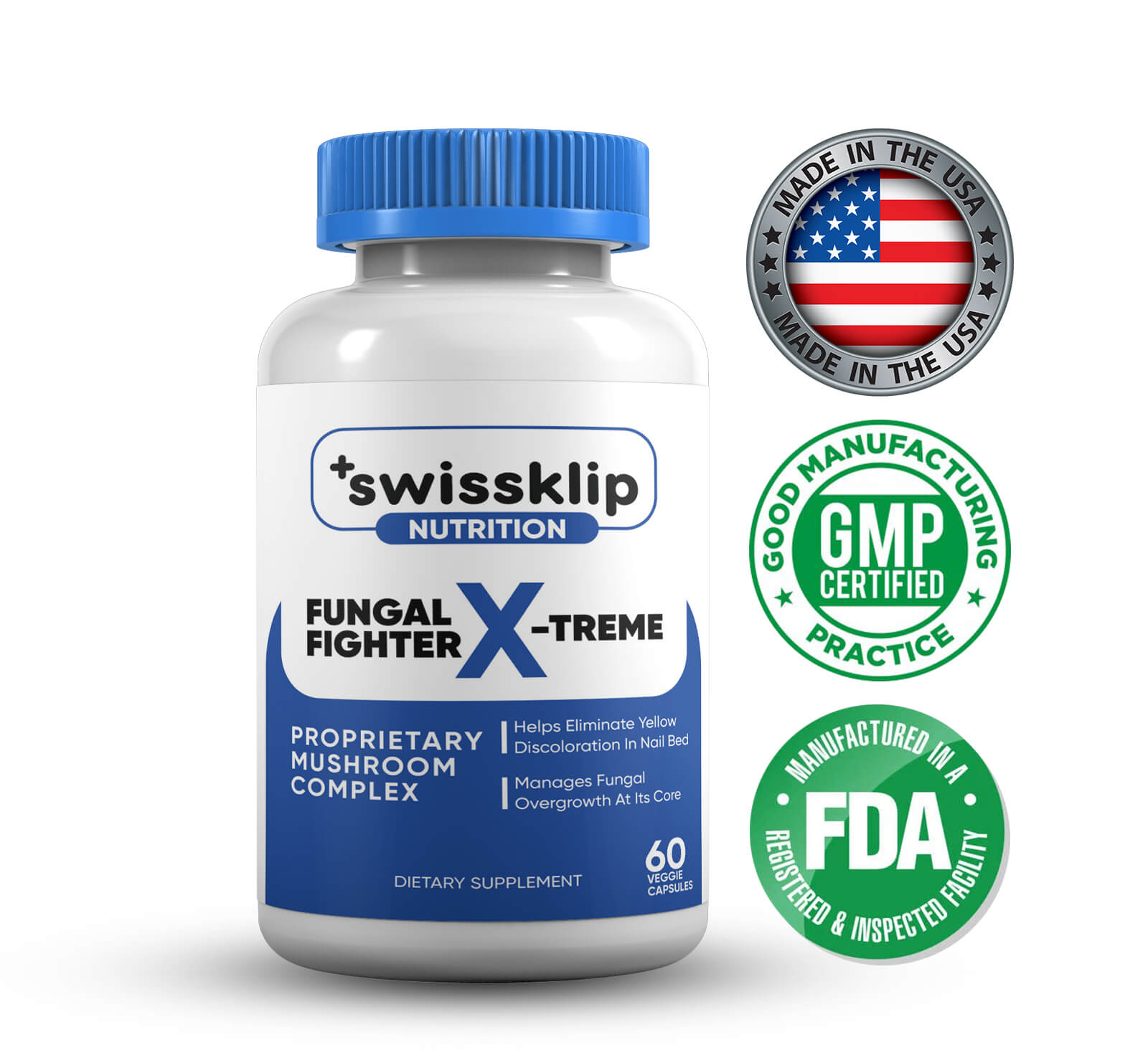
To further assist in the journey of understanding what causes thick toenails, Swissklip introduces its all-new exclusive formulation, the Fungal Fighter X-Treme. This product is designed to manage bad bacteria and candida overgrowth from the inside, offering an effective solution to stubborn fungus issues.
- Unique Mushroom Complex: Specifically formulated to target and eliminate stubborn yeast infections.
- Anti-Inflammatory Support: Harnesses the power of medicinal mushrooms to support whole foot health.
For more information, visit Toenail Fungal Fighter X-Treme.
Toenail Clippers for Thick Toenails
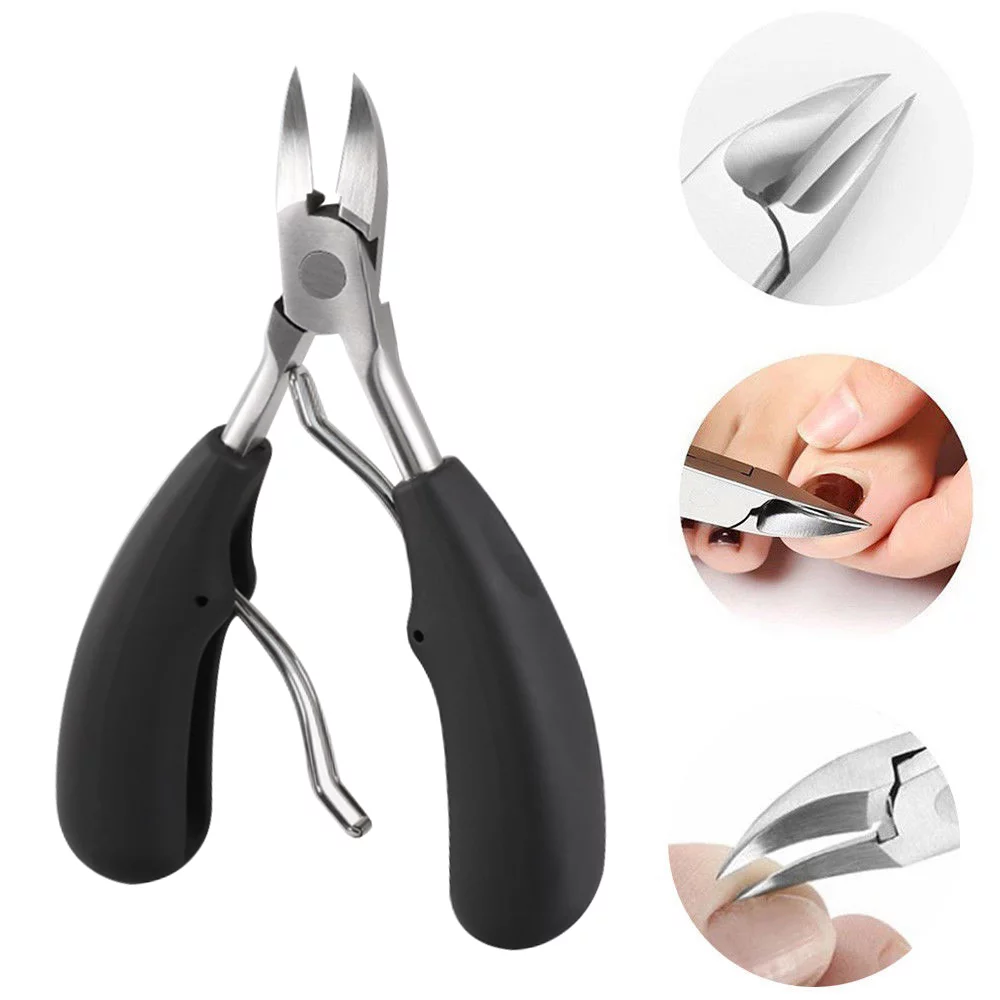
Toenail clippers designed for thick toenails should possess certain features that make them more effective and suitable for tackling dense, tough nails. If you would like to learn how to use a nail clipper, read this article that will guide you how to do so.
Here are some key characteristics to look for when choosing the right toenail clippers for thick toenails:
Wider, durable blades
Clippers for thick toenails should have wider, more robust blades capable of cutting through dense nail material without bending, breaking, or becoming dull too quickly.
Stronger cutting force
Toenail clippers for thick toenails should provide a stronger cutting force to make trimming easier and more efficient. This can be achieved through the use of enhanced leverage mechanisms or ergonomically designed handles, which allow for more pressure to be applied with minimal effort.
Comfortable grip and leverage
A comfortable grip is essential for toenail clippers designed for thick toenails, as it allows for better control and stability during the trimming process. Clippers with ergonomic, non-slip handles or rubberized grips can help ensure a secure and comfortable grip, reducing the risk of accidents or injury.
Ease of use and maneuverability
Clippers for thick toenails should be easy to use and maneuver, even for those with limited hand strength or dexterity. Look for features such as wide, easy-to-press levers, smooth opening and closing mechanisms, and a well-balanced design that allows for precise and controlled trimming. Some models may also offer an adjustable cutting angle, which can help you reach difficult areas more easily.
By considering these essential characteristics when choosing toenail clippers for thick toenails, you can ensure that you select a tool that is not only effective but also comfortable to use and tailored to your specific needs. This will make the process of trimming thick toenails a more manageable and efficient task, ultimately promoting better nail health and reducing the risk of complications associated with improper nail care.
Popular Toenail Clippers to Fix Thick Toenails
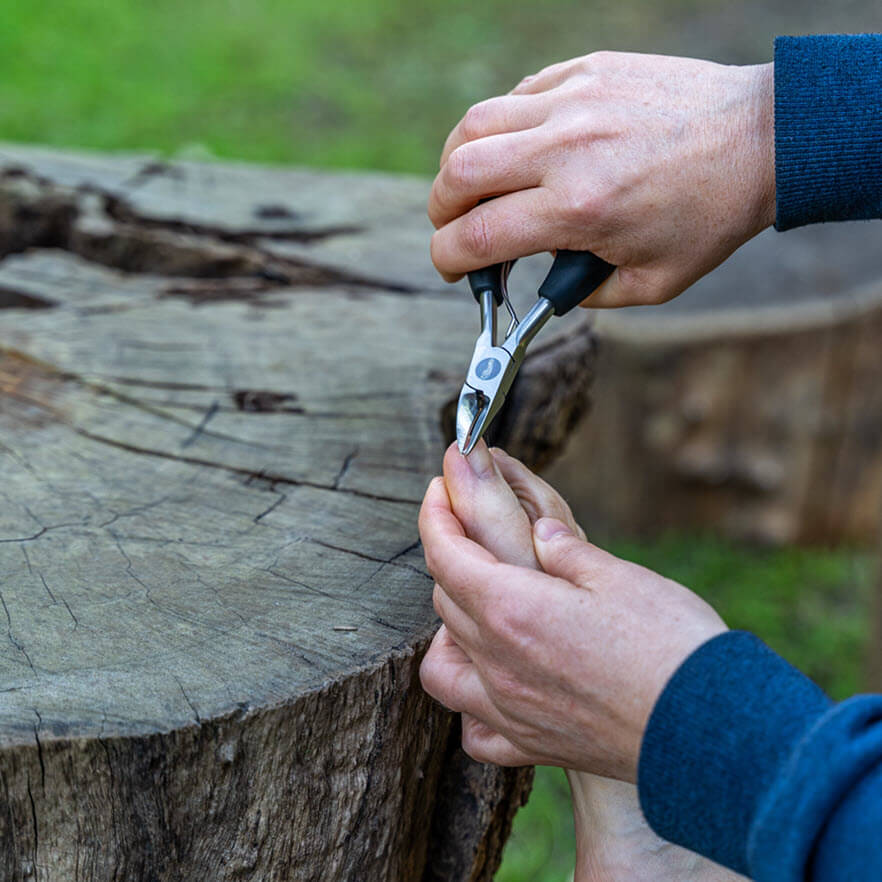
There are several types of toenail clippers on the market specifically designed for trimming thick toenails. Each type offers unique features and benefits to address the challenges associated with cutting dense, tough nails. Here are some popular options to consider:
Heavy-duty standard clippers
Heavy-duty standard clippers are similar to traditional clippers but are made with stronger materials and more robust blades. They typically have wider jaw openings and enhanced leverage mechanisms, allowing them to cut through thick toenails more easily and efficiently.
Nipper clippers
Nipper clippers, also known as nail nippers, have a plier-like design with a curved, beveled, or straight cutting edge. They provide excellent control and precision for trimming thick toenails, especially in hard-to-reach areas. The longer handles offer increased leverage and cutting force, making them ideal for tackling tough nails.
Long-handled toenail clippers
Long-handled toenail clippers feature extended handles, providing additional leverage and control while trimming thick toenails. The extended reach can also be helpful for those with limited mobility or difficulty bending over. Some models may have angled or adjustable heads, allowing for more comfortable and precise trimming.
Electric or battery-operated toenail clippers
Electric or battery-operated toenail clippers use motorized blades to trim nails effortlessly, making them suitable for individuals with limited hand strength or dexterity. These clippers often come with various attachments and adjustable speed settings, allowing you to customize the trimming process according to your needs. They can be particularly helpful for cutting through thick toenails without applying excessive manual force.
When selecting the best toenail clippers for thick toenails like the Heavy Duty Toenail Clippers, consider your personal needs, preferences, and any physical limitations you may have. Each type of clipper offers specific advantages, and choosing the right one for your situation can significantly improve your nail care experience. By investing in a high-quality, specialized toenail clipper, you can ensure efficient and effective trimming, promoting healthier and well-groomed nails despite their thickness.
Conclusion
Dealing with thick nails can be challenging, but with the right tools, techniques, and knowledge, you can effectively manage and maintain your nail health. Specialized toenail clippers for thick nails, combined with proper trimming practices and additional nail care tools, play a crucial role in ensuring a safe and comfortable experience.
Always pay attention to the condition of your nails and consult a healthcare professional if you have concerns or suspect an underlying health issue. By taking a proactive approach to your nail care and incorporating the tips and precautions outlined in this article, you can overcome the challenges of thick nails and achieve healthy, well-groomed feet.




